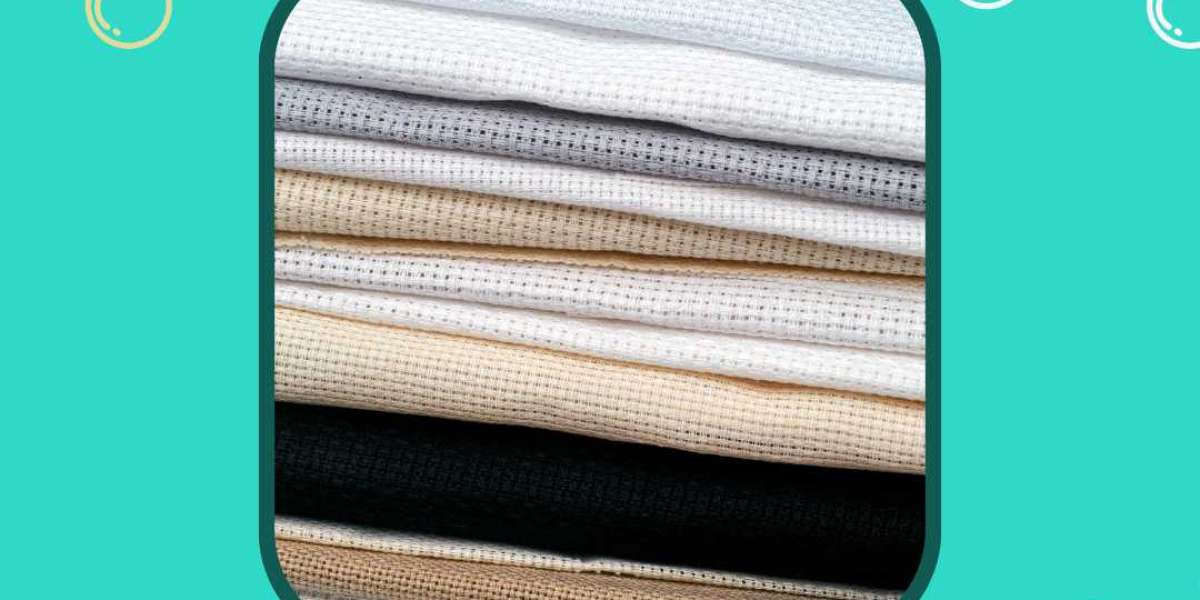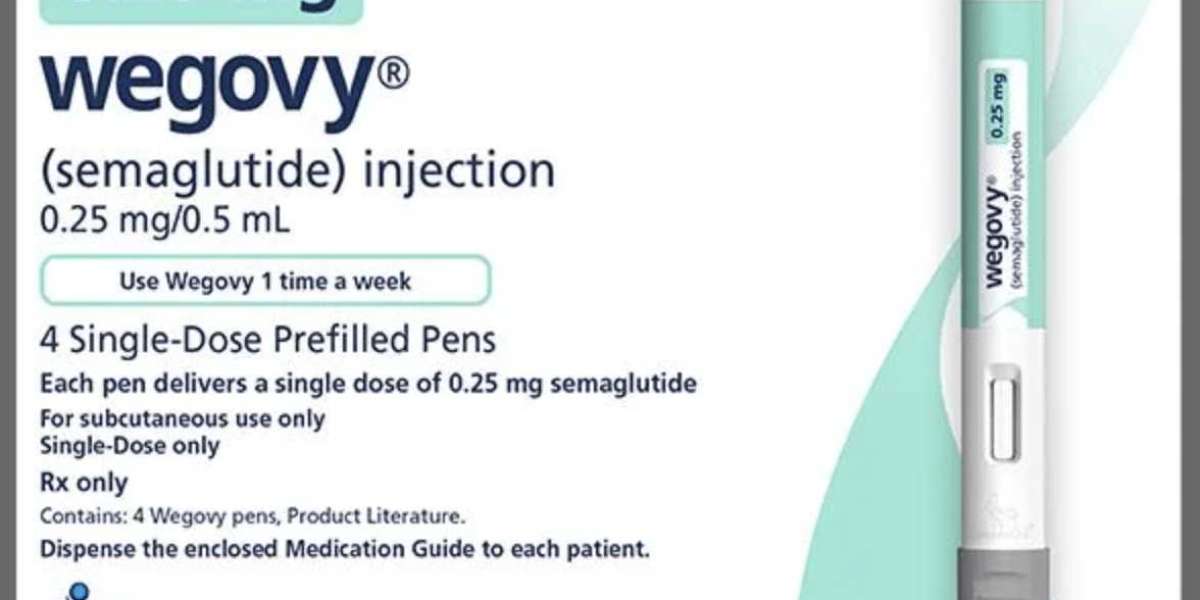Cross stitch, with its intricate patterns and vibrant colours, relies heavily on the choice of fabric. The right fabric not only enhances the final look of your project but also affects the ease of stitching. In this guide, we will explore various types of cross stitch fabrics, discussing their pros and cons along with the counts (the number of stitches per inch) for each type. Let's dive into the world of fabrics!
Aida Fabric
Aida fabric comes in various counts, with 14 count being the most common for beginners.
Pros:
- Even weave: Aida fabric has a clearly defined grid, making it easier for beginners to count stitches.
- Readily Available: It's widely available and comes in a range of colours.
- Sturdy: Aida is durable and less prone to fraying.
Cons:
- Less Detail: Due to its larger grid, Aida might not be suitable for very intricate designs.
Evenweave Fabric
Evenweave fabric is typically available in counts like 28,32 and 36.
Pros:
- High Detail: With its fine weave, evenweave allows for intricate designs with smooth lines.
- Versatile: It's available in various thread counts, catering to different project sizes.
Cons:
- Challenging for Beginners: The finer weave can be more challenging for beginners to count stitches accurately.
Linen Fabric
Linen fabric is commonly found in 28 count and higher.
Pros:
- Natural Aesthetic: Linen fabric has a natural and rustic appearance that adds character to your projects.
- Durability: Linen is durable and can withstand the test of time.
Cons:
- Fraying: Linen tends to fray more than Aida or evenweave, so securing edges is essential.
- Counting Difficulty: The irregular weave of linen can be challenging for beginners to count.
Hardanger Fabric
Hardanger fabric is typically available in 22 count.
Pros:
- Elegance: Hardanger fabric has a delicate, elegant appearance that suits traditional and intricate designs.
- Structured: It provides excellent support for specialty stitches often used in Hardanger embroidery.
Cons:
- Not Ideal for Beginners: Its tight weave and high count can be quite challenging for beginners.
Plastic Canvas
Plastic canvas typically has counts of 7, 10 or 14.
Pros:
- Stiff and Durable: Plastic canvas is very durable and holds its shape well.
- Easy to use: The large holes make it easy to stitch for beginners, and it's often used for 3D or freestanding cross stitch projects.
Cons:
- Limited Aesthetic: It might not be suitable for projects requiring a more delicate or traditional appearance.
Waste Canvas
Waste canvas can vary in count, but it's often 14 count or similar.
Pros:
- Versatile: Waste canvas allows you to cross stitch on fabrics that wouldn't otherwise be suitable for this craft, such as clothing.
- Temporary: After stitching, you wet the canvas to remove it, leaving only your design on the original fabric.
Cons:
- Tricky Removal: Removing the waste canvas can be a bit tricky and it's not recommended for beginners.
When selecting a fabric for your cross stitch project, consider the design complexity, your skill level and the final aesthetic you desire. Each type of fabric offers unique advantages and challenges. With practive and experimentation, you'll discover your preferred fabric and create stunning cross stitch pieces that reflect your style and creativity.
Come and share your projects in our ZZatem Group








